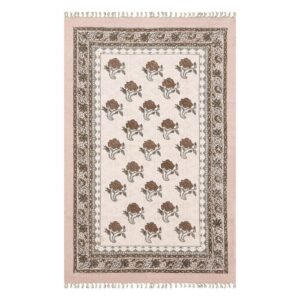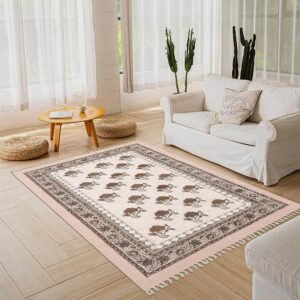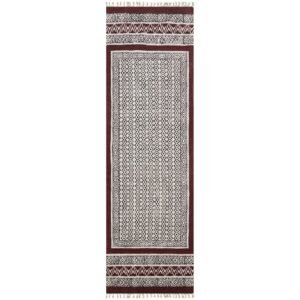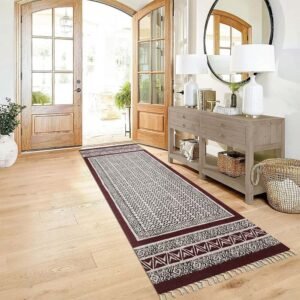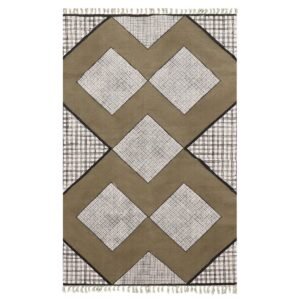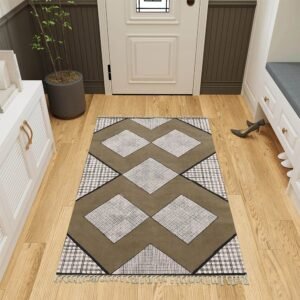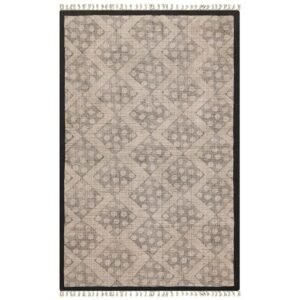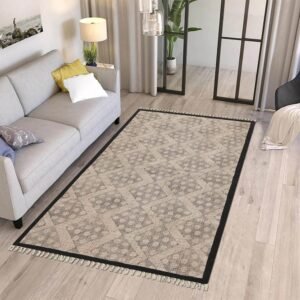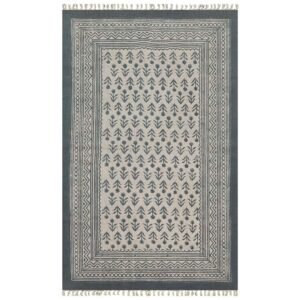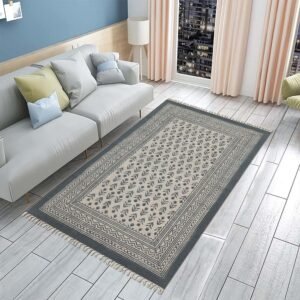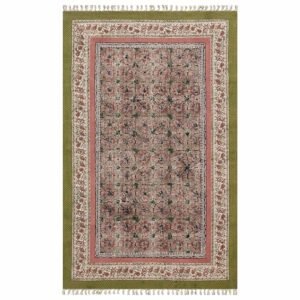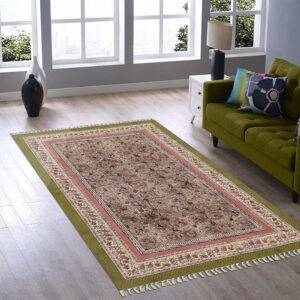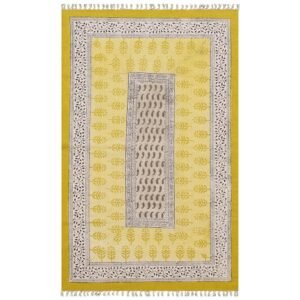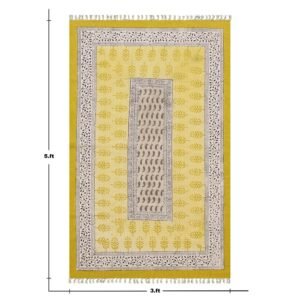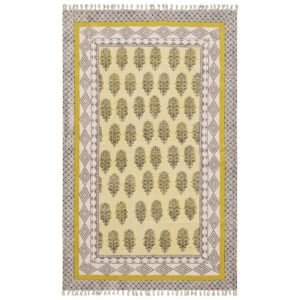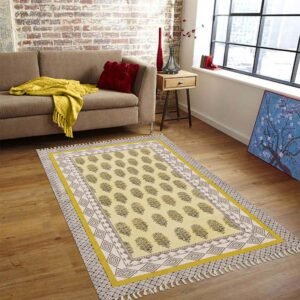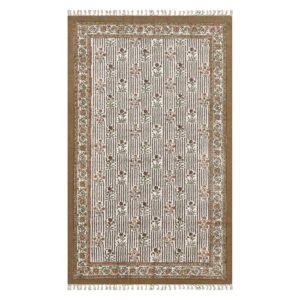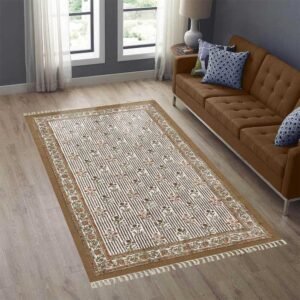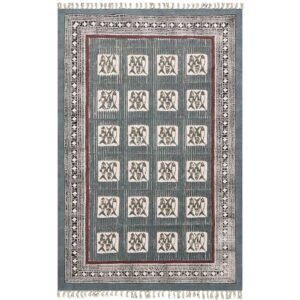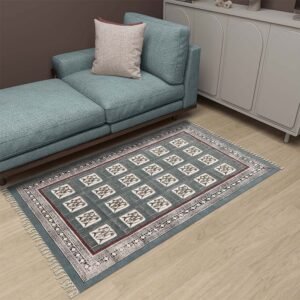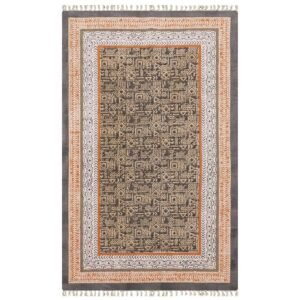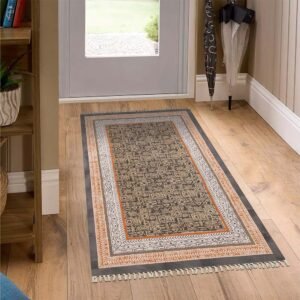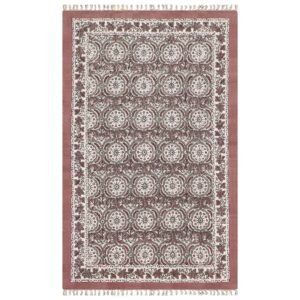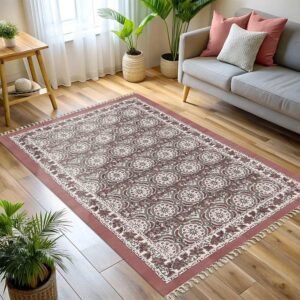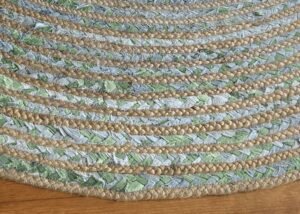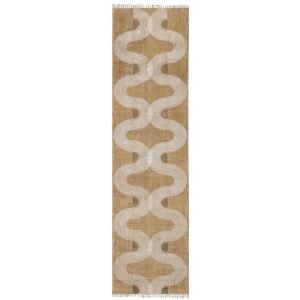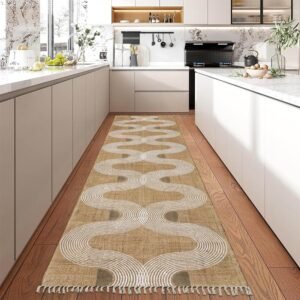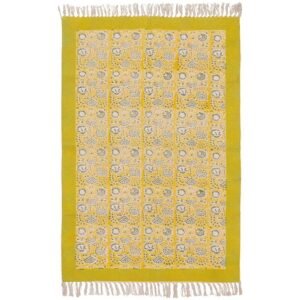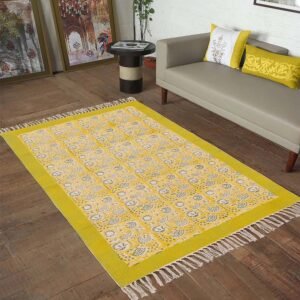MATERIAL
Design from the Ground Up: Materials of Rugs in Interior Design
In the field of interior design what we see is that rugs are much more than just what they put at your feet. They are base elements that set the theme for an entire space. Thoughtful choice of a rug can anchor furniture, add warmth and texture, and bring your color palette together. As you design a snug bedroom getaway or a bold modern living room rugs help tie the space together visually and functionally.
In what is often an ignored element of rug selection, we pay little attention to the material. What you put in a rug’s construction the type of fiber greatly affects its texture, wear-resistant quality, look, and how well it will fit your space and lifestyle.
Why Rug Materials Matter
When it comes to rugs, while design and color are key choices, the type of material which you select will determine how well that rug does in your home. It will impact how it feels against your feet, its stain resistance and the ease of care.
Here is a look at what the most common rug materials are and where they do best.
1. Wool
Wool is a go to in the world of interior design for its soft texture, durability, and natural stain resistant properties. It is a warm insulating fiber that also has a luxurious feel underfoot and works great in living rooms and bedrooms. Also wool rugs are very durable pieces which are usually hand tufted or hand knotted thus being a premium investment.
Best for: Living spaces, bedrooms, and areas with little to medium traffic.
Consider: May lose at first and also goes up in price compared to synthetic ones.
2. Cotton
Cotton rugs are lightweight, at a budget and also come in a large array of patterns and colors. Also they are easy to care for many you can put in the washing machine and they bring a casual and comfortable feel.
Best for: In kitchens, kids’ rooms, or casual spaces.
Consider: Wears out faster than wool.
3. Jute
Natural fibers of jute bring a raw and textured feel to your space. These rugs are eco friendly and they have a rustic, earthy look which pairs well with boho, coastal or farmhouse decor.
Best for: Doors and great rooms or also under softer rugs.
Consider: Coarse in texture and not suitable for wet areas.
4. Silk and Viscose
Silk and viscose area rugs bring a touch of luxury and class. Also they are put together with other materials which in turn enhances their softness and shine, thus they do very well in formal settings.
Best for: In low traffic areas such as formal living rooms or bedrooms.
Consider: Fine, more costly, and more difficult to clean.
Styling with Intention
When it comes to the choice of rug think of what each room does. In hallways and kitchens which see a lot of action we go for durable options like polypropylene or jute, in the bedroom go for the softness of wool or cotton. Also the rug’s texture plays a role pair smooth leather furniture with a thick jute rug, or use the richness of a wool carpet to balance out a modern space.
And also in that which – we have placed a printed woolen rug over a large jute rug to introduce a different dimension and at the same time to mix in a variety of materials within a single design.
Final Thoughts
Rugs are a base element in design which in turn play a role in how comfortable and stylish your space is as well as its durability. In terms of choice of rug material you may see that which one you pick out is also which one that best serves how you live in your home every day. From the very luxury options to what is most durable, sustainable or easy to maintain there is a rug material out there for your preference.
Showing 1–15 of 1911 resultsSorted by latest



